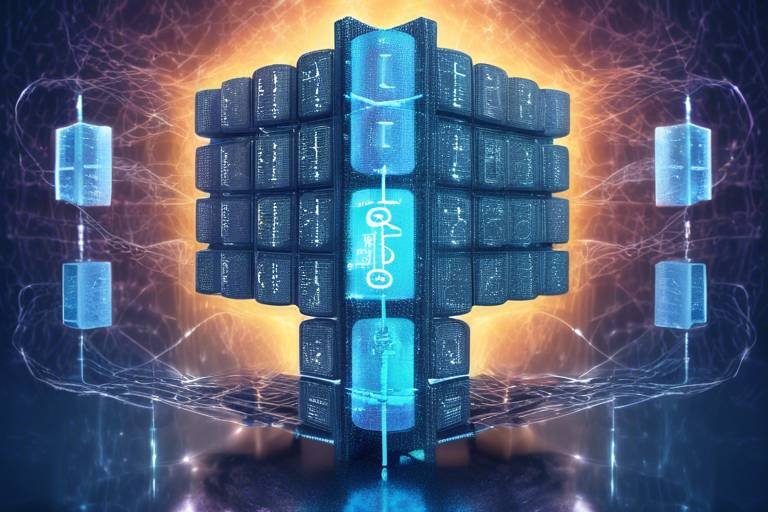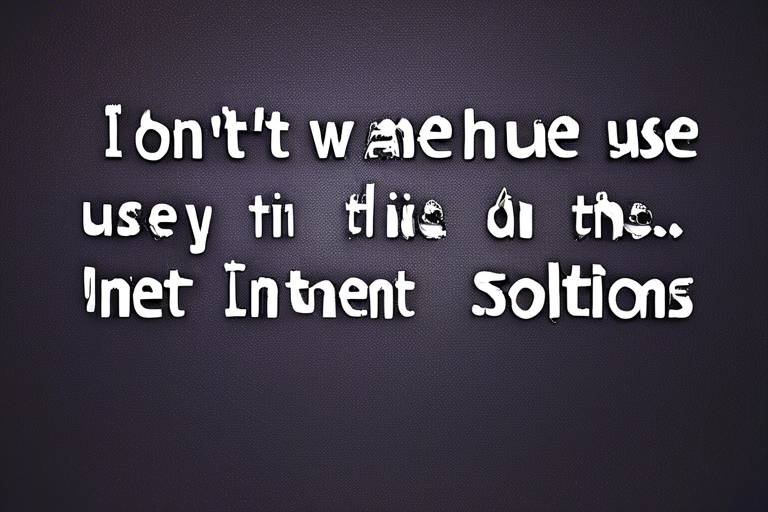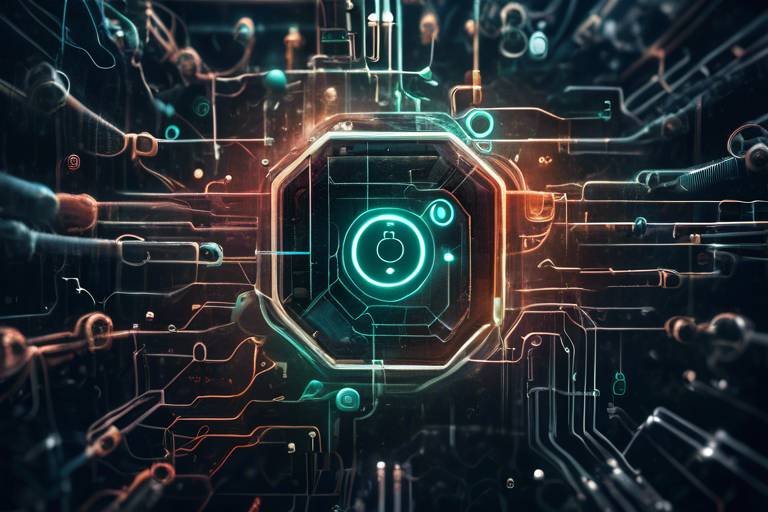Harmony - A Scalable Blockchain for the Future
Welcome to the world of Harmony, a groundbreaking blockchain platform that is setting the stage for the future of decentralized applications and finance. If you've ever felt the frustration of slow transaction speeds or high fees associated with traditional blockchain networks, then you're in for a treat. Harmony is designed with scalability and efficiency at its core, making it a game-changer in the blockchain landscape. Let's dive into what makes Harmony so special!
At its essence, Harmony is a blockchain platform that prioritizes speed, security, and scalability. Unlike many other blockchain solutions that struggle with congestion and high costs, Harmony employs a unique architecture that allows it to process transactions in a flash. It utilizes a consensus mechanism known as Effective Proof of Stake (EPoS), which not only enhances security but also ensures that the network remains decentralized and accessible to all users. This innovative approach sets Harmony apart from its competitors, making it a compelling option for developers and users alike.
What truly makes Harmony shine are its standout features that cater to the needs of modern blockchain applications. These include:
- Sharding: This innovative technology allows Harmony to divide its network into smaller, manageable pieces, enabling it to process multiple transactions simultaneously.
- Low Transaction Fees: Harmony ensures that users can enjoy low fees, making it an attractive option for developers and everyday users.
- Cross-Chain Compatibility: Harmony's ability to interact with other blockchain networks opens up a world of possibilities for developers looking to create versatile applications.
Sharding is a revolutionary technology employed by Harmony to enhance scalability. Imagine a busy restaurant where each waiter serves a specific section of the dining area. This is similar to how sharding works in Harmony, where the network is divided into smaller shards, each capable of processing its own transactions. This means that instead of a single line of customers waiting to be served, there are multiple lines, drastically reducing wait times. The significance of this technology cannot be overstated, as it allows Harmony to handle thousands of transactions per second, making it one of the fastest blockchain platforms available.
The benefits of sharding are profound. By increasing throughput and reducing latency, Harmony creates a seamless user experience. Users can expect faster transaction confirmations and a more responsive interface when interacting with decentralized applications. This improvement not only enhances user satisfaction but also expands the potential for decentralized applications to thrive in a competitive market.
However, it’s essential to recognize that sharding comes with its own set of challenges. The complexity of managing multiple shards can lead to potential security risks, as each shard must be adequately secured. Harmony is actively working on solutions to mitigate these risks, ensuring that the platform remains robust and secure while harnessing the power of sharding.
One of the standout features of Harmony is its remarkably low transaction fees. In a world where every cent counts, this aspect makes the platform incredibly accessible for developers and users alike. Whether you're a small business or an individual looking to make transactions, Harmony ensures that you won’t break the bank. This affordability encourages greater participation in the ecosystem, paving the way for innovation and growth.
Harmony's versatility allows it to cater to various industries, making it a multifaceted platform. Its applications span across finance, gaming, and supply chain management, showcasing its adaptability and potential. Let’s explore some specific use cases that highlight Harmony's capabilities.
Harmony is making significant strides in the DeFi space. With its robust infrastructure, it provides a solid foundation for decentralized applications that facilitate lending, borrowing, and trading. Imagine being able to access financial services without the need for a traditional bank—this is the future that Harmony is paving the way for.
The gaming industry is rapidly embracing blockchain technology, and Harmony is no exception. The platform supports gaming applications and the creation of non-fungible tokens (NFTs), allowing developers to create unique digital assets that can be traded and owned by players. This opens up exciting possibilities for game developers and players alike, creating a vibrant ecosystem where creativity can flourish.
As blockchain technology continues to evolve, Harmony stands poised to play a significant role in shaping the future. With ongoing developments and potential partnerships on the horizon, the impact of Harmony on the broader blockchain ecosystem could be monumental. As we look ahead, it will be fascinating to see how this innovative platform continues to grow and adapt to the ever-changing landscape of decentralized technology.
What is Harmony?
Harmony is a scalable blockchain platform designed to enhance speed, security, and efficiency for decentralized applications.
How does sharding work in Harmony?
Sharding divides the network into smaller segments, allowing multiple transactions to be processed simultaneously, significantly increasing throughput.
What are the benefits of using Harmony for DeFi?
Harmony offers low transaction fees and fast processing times, making it an attractive option for decentralized finance applications.
Can developers create NFTs on Harmony?
Yes, Harmony supports the creation and trading of non-fungible tokens, enabling unique digital assets within gaming and other applications.

Overview of Harmony
Harmony is not just another blockchain; it’s a revolutionary platform that aims to solve some of the most pressing issues faced by traditional blockchain systems today. With its focus on speed, security, and scalability, Harmony is designed to cater to the demands of a rapidly evolving digital landscape. Imagine a highway that can seamlessly accommodate a high volume of traffic without congestion – that’s the kind of efficiency Harmony strives for in the blockchain space.
At the core of Harmony's architecture lies its unique consensus mechanism, which is a blend of effective proof-of-stake (PoS) and sharding technology. This innovative approach allows Harmony to process thousands of transactions per second, significantly outperforming many of its competitors. Unlike traditional blockchains that often face bottlenecks during peak usage, Harmony’s architecture is built to scale horizontally, meaning it can easily expand to handle more transactions as demand grows.
One of the standout features of Harmony is its ability to integrate with existing systems and other blockchains. This cross-chain compatibility means that developers can easily build decentralized applications (dApps) that interact with various ecosystems, enhancing the overall functionality and reach of the platform. In a world where collaboration is key, Harmony’s ability to bridge gaps between different blockchains positions it as a vital player in the future of decentralized technology.
To give you a clearer picture of how Harmony stands out, let’s look at a comparison with other popular blockchain platforms:
| Feature | Harmony | Ethereum | Bitcoin |
|---|---|---|---|
| Transaction Speed | 2 seconds | 15 seconds | 10 minutes |
| Scalability | 1,000+ TPS | 30 TPS | 7 TPS |
| Consensus Mechanism | Effective PoS | Proof of Work | Proof of Work |
| Transaction Fees | Low | High | Moderate |
This table illustrates just how transformative Harmony can be, especially for developers looking to create fast and efficient applications. By offering a platform that can handle high transaction volumes at low costs, Harmony opens up a world of possibilities for innovation.
In summary, Harmony is not only a scalable blockchain solution but also a forward-thinking platform that addresses the challenges of today’s digital economy. With its unique architecture and features, it is paving the way for a new era of decentralized applications that are both efficient and user-friendly. As we dive deeper into the key features and use cases of Harmony, you’ll see just how impactful this platform can be for various industries.
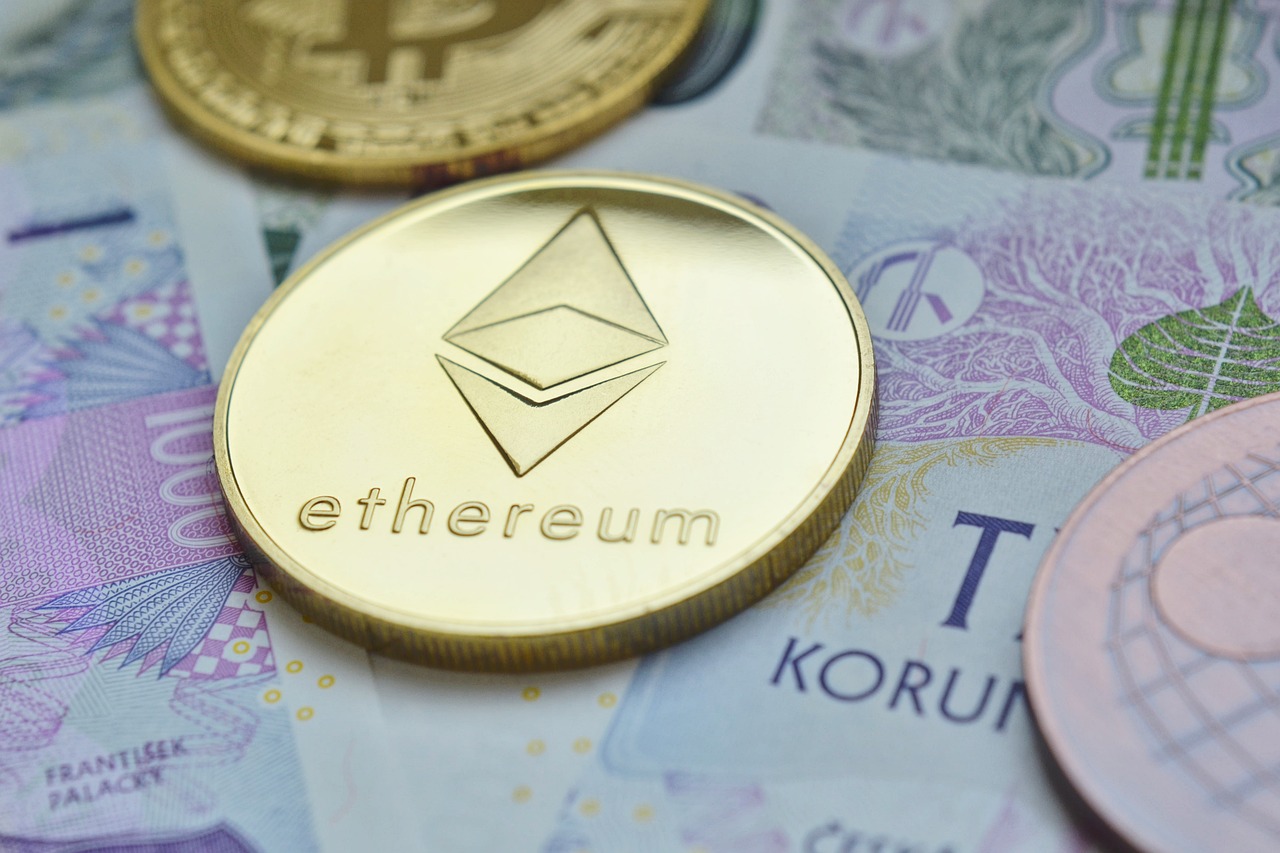
Key Features of Harmony
Harmony is not just another blockchain; it’s a revolutionary platform that brings a host of key features designed to enhance its usability and scalability. At the core of Harmony’s architecture are its innovative technologies that allow it to stand out in the crowded blockchain ecosystem. One of the most notable features is sharding, which significantly boosts the platform's scalability. Sharding allows Harmony to process multiple transactions simultaneously by breaking down the network into smaller, manageable pieces called shards. This means that instead of a single chain handling all transactions, Harmony can handle many transactions across various shards, leading to faster processing times and improved efficiency.
Another impressive feature is Harmony's low transaction fees. In a world where high fees can deter users from engaging with blockchain technology, Harmony offers a refreshing alternative. With transaction fees that are significantly lower than many other platforms, developers and users can interact without the worry of exorbitant costs. This affordability opens the door for a wider audience, making blockchain technology accessible to everyone, from casual users to seasoned developers.
Additionally, Harmony supports cross-chain compatibility. This means that it can interact with other blockchains, creating a more interconnected ecosystem. Imagine a world where different blockchain platforms can communicate and share information seamlessly; that’s the vision Harmony is working towards. By enabling cross-chain transactions, Harmony not only enhances its utility but also fosters collaboration among various blockchain networks, leading to a more robust decentralized environment.
To encapsulate these features, let’s take a look at the following table that summarizes the key aspects of Harmony:
| Feature | Description |
|---|---|
| Sharding | Enhances scalability by processing multiple transactions simultaneously across different shards. |
| Low Transaction Fees | Offers affordable transaction costs, making the platform accessible to a wider audience. |
| Cross-Chain Compatibility | Allows interaction with other blockchain networks, fostering a more interconnected ecosystem. |
These features not only make Harmony a strong contender in the blockchain space but also set the stage for future innovations. By focusing on scalability, affordability, and interoperability, Harmony is paving the way for a new era of decentralized applications that can cater to a diverse range of industries.
- What is sharding and how does it benefit Harmony?
Sharding is a method that divides the blockchain into smaller segments, allowing for parallel processing of transactions. This significantly increases the throughput and reduces latency, making transactions faster and more efficient. - How do low transaction fees impact users?
Low transaction fees make it more affordable for users to engage with the blockchain, encouraging more transactions and interactions which can drive growth and adoption. - What does cross-chain compatibility mean for developers?
Cross-chain compatibility allows developers to create applications that can interact with multiple blockchain networks, enhancing functionality and user experience.

Sharding Technology
Sharding is a groundbreaking technology that serves as the backbone of Harmony's impressive scalability. But what exactly is sharding? Imagine a busy highway during rush hour; traffic is slow and frustrating. Now, picture that same highway with multiple lanes, each dedicated to different types of vehicles. This is essentially what sharding does for blockchain networks. By dividing the database into smaller, more manageable pieces called "shards," Harmony can process transactions simultaneously across multiple shards, significantly enhancing its speed and efficiency.
In a traditional blockchain, every node in the network needs to process every transaction, which can lead to bottlenecks and delays. However, with sharding, each shard contains its own set of transactions and smart contracts. This means that nodes only need to validate transactions for the shard they are assigned to, rather than the entire network. The result? A more streamlined and faster transaction process that can handle a larger volume of users and applications.
One of the impressive aspects of Harmony's sharding technology is its ability to maintain security while increasing throughput. Each shard operates independently but is still part of the larger network. This decentralized approach not only enhances performance but also reduces the risk of a single point of failure. The architecture allows for seamless communication between shards, ensuring that data can flow freely without compromising the integrity of the network.
In summary, sharding technology is a game-changer for Harmony, allowing it to scale efficiently while maintaining security and decentralization. As the demand for blockchain applications continues to grow, Harmony's innovative approach to sharding will undoubtedly set it apart from other platforms, making it a strong contender in the ever-evolving landscape of blockchain technology.

Benefits of Sharding
Sharding is a revolutionary technology that significantly enhances the performance of blockchain networks, and Harmony is at the forefront of this innovation. By dividing the blockchain into smaller, more manageable pieces known as "shards," Harmony can process multiple transactions simultaneously. This approach is akin to having several assembly lines in a factory, where each line works on a different product simultaneously, dramatically increasing overall productivity.
One of the most notable is the increase in throughput. With traditional blockchains, every transaction must be processed by every node in the network, which can lead to bottlenecks and delays. However, with sharding, only a subset of nodes is responsible for processing transactions within their shard. This not only speeds up the transaction process but also allows for a higher number of transactions to be handled at once. As a result, users experience faster confirmation times and a smoother interaction with decentralized applications.
In addition to increased throughput, sharding also contributes to reduced latency. Latency refers to the time it takes for a transaction to be confirmed and recorded on the blockchain. With Harmony's sharding technology, transactions can be confirmed in a fraction of the time compared to traditional systems. This is particularly crucial for applications that require real-time interactions, such as gaming or financial trading platforms. Imagine playing a fast-paced game where every second counts; sharding ensures that your actions are processed swiftly, enhancing the overall gaming experience.
Moreover, sharding enhances scalability, allowing Harmony to accommodate a growing number of users and applications without compromising performance. As more developers and businesses flock to the platform, the demand for transaction processing will inevitably increase. Sharding provides a robust solution to this challenge, enabling Harmony to scale effortlessly. In this way, Harmony is not just keeping pace with the evolving blockchain landscape; it is setting the stage for future growth.
However, it's essential to recognize that while sharding presents substantial benefits, it also introduces complexities in terms of network management and security. Nevertheless, Harmony's innovative approach to addressing these challenges ensures that the platform remains both efficient and secure. By implementing advanced security protocols and monitoring systems, Harmony mitigates potential risks associated with sharding, making it a reliable choice for developers and users alike.
In summary, the benefits of sharding within the Harmony blockchain are profound and multifaceted. With increased throughput, reduced latency, and enhanced scalability, Harmony is paving the way for a more efficient and user-friendly blockchain experience. As we continue to explore the potential of decentralized applications, it's clear that sharding will play a pivotal role in shaping the future of blockchain technology.
- What is sharding? Sharding is a method of partitioning a database or blockchain into smaller, more manageable pieces called shards, allowing for parallel processing of transactions.
- How does sharding improve transaction speed? By enabling only a subset of nodes to process transactions within their shard, sharding reduces the workload on the entire network, leading to faster transaction confirmations.
- Are there any security risks associated with sharding? Yes, sharding can introduce complexities and potential security vulnerabilities, but Harmony employs advanced security measures to mitigate these risks.
- Can sharding accommodate a growing number of users? Absolutely! Sharding enhances scalability, allowing Harmony to efficiently handle an increasing volume of transactions and users.

Challenges of Sharding
While sharding is a groundbreaking technology that significantly enhances the scalability of blockchain platforms like Harmony, it does come with its own set of challenges. One of the primary concerns is the inherent complexity involved in implementing sharding. Each shard operates as a separate blockchain, which means that developers must ensure that all shards can communicate effectively with one another. This requires sophisticated protocols and can lead to potential bottlenecks if not managed properly.
Moreover, the security risks associated with sharding cannot be overlooked. In a traditional blockchain, every node processes every transaction, providing a robust layer of security. However, in a sharded environment, only a subset of nodes is responsible for processing transactions in each shard. This can create vulnerabilities, as malicious actors may target specific shards to compromise the network. To combat this, Harmony employs a variety of security measures, including a rigorous consensus mechanism and regular audits to ensure that all shards maintain integrity.
Another challenge is the data availability issue. In a sharded system, if data from one shard is not readily available, it can lead to delays in transaction processing. Harmony addresses this by implementing strategies that ensure data is replicated across nodes, but this adds another layer of complexity to the system. Developers must be vigilant to ensure that their applications can handle these potential delays effectively.
In summary, while sharding offers remarkable advantages in terms of scalability and efficiency, it is not without its challenges. Developers working within the Harmony framework must navigate the complexities of shard communication, address security vulnerabilities, and ensure data availability to fully leverage the benefits of this innovative technology.
- What is sharding in blockchain? Sharding is a method of partitioning a blockchain into smaller, more manageable pieces called shards, allowing for parallel processing of transactions to enhance scalability.
- How does Harmony ensure security in a sharded environment? Harmony employs a robust consensus mechanism and conducts regular audits to maintain the integrity and security of each shard.
- What are the benefits of using Harmony for decentralized applications? Harmony offers high throughput, low transaction fees, and cross-chain compatibility, making it an attractive option for developers.

Low Transaction Fees
One of the standout features of Harmony is its exceptionally low transaction fees, which play a crucial role in making the platform not only user-friendly but also highly attractive for developers and businesses alike. In a world where transaction costs can often be a barrier to entry, Harmony offers a refreshing change. Imagine trying to send a small amount of money or interact with a decentralized application (dApp), only to be met with exorbitant fees that make the transaction impractical. Harmony eliminates this concern, allowing users to engage freely without the fear of high costs.
The low transaction fees are a result of Harmony's innovative architecture and consensus mechanism, which are designed to optimize performance while keeping costs down. With transaction fees averaging around $0.0001, users can confidently engage in various activities, from simple transfers to complex smart contract interactions. This affordability opens up a world of possibilities for developers looking to create applications that cater to a broad audience.
Moreover, the low fees contribute to the overall scalability of the platform. When costs are minimal, more users are likely to participate, leading to increased network activity. This is particularly important in sectors like Decentralized Finance (DeFi) and gaming, where users often make numerous transactions. For instance, in a typical DeFi scenario, a user might want to lend, borrow, or trade assets multiple times a day. With Harmony's low fees, these activities become not just feasible but also enjoyable.
To illustrate the impact of low transaction fees, consider the following comparison of transaction costs across different blockchain platforms:
| Blockchain Platform | Average Transaction Fee |
|---|---|
| Harmony | $0.0001 |
| Ethereum | $5.00 |
| Bitcoin | $1.00 |
| Binance Smart Chain | $0.10 |
As depicted in the table, Harmony's fees are significantly lower than those of other major blockchain platforms. This stark contrast not only highlights Harmony's commitment to accessibility but also positions it as a go-to option for users and developers seeking cost-effective solutions.
In conclusion, Harmony’s low transaction fees are a game changer in the blockchain space. They not only enhance user experience but also foster an environment where innovation can thrive. Developers can build and deploy applications without the constant worry of transaction costs eating into their profits or deterring users. As the blockchain ecosystem continues to grow, Harmony stands out as a platform that prioritizes affordability, making it an exciting prospect for the future of decentralized applications.
- What are the typical transaction fees on Harmony? The average transaction fee on Harmony is around $0.0001.
- How do low transaction fees benefit developers? Low fees allow developers to create applications without worrying about high costs, encouraging more user interactions.
- Can low transaction fees attract more users to Harmony? Absolutely! Lower costs make it easier for users to engage with the platform, increasing overall participation.

Use Cases of Harmony
When it comes to the world of blockchain, Harmony stands out as a versatile platform capable of addressing various industry needs. Its unique architecture and features make it an ideal choice for a range of applications that require speed, security, and scalability. From finance to gaming, Harmony’s potential is vast and exciting. Let’s dive into some of the most compelling use cases that showcase how Harmony is transforming different sectors.
One of the most prominent areas where Harmony is making waves is in Decentralized Finance (DeFi). The DeFi movement has taken the financial world by storm, and Harmony is right at the forefront. By providing a robust infrastructure for decentralized applications, Harmony enables users to engage in activities such as lending, borrowing, and trading without the need for intermediaries. This not only enhances security but also lowers costs for users. Imagine a world where you can lend your assets and earn interest without going through a traditional bank—this is the reality that Harmony is building.
In addition to finance, the gaming industry is rapidly embracing blockchain technology, and Harmony is a key player in this transformation. With its low transaction fees and high throughput, Harmony is perfect for supporting gaming applications that require quick and efficient transactions. Developers can create immersive gaming experiences that incorporate non-fungible tokens (NFTs), allowing players to truly own their in-game assets. For example, a player could buy, sell, or trade unique items in a game, all secured by the blockchain. This not only adds value to the gaming experience but also opens new revenue streams for developers.
Furthermore, Harmony's capabilities extend to the Supply Chain industry, where transparency and traceability are paramount. By utilizing Harmony’s blockchain, companies can track products from their origin to the end consumer, ensuring authenticity and reducing fraud. Imagine being able to scan a product and see its entire journey—who produced it, where it was shipped, and when it arrived. This level of transparency builds trust with consumers and enhances brand loyalty.
| Industry | Use Case | Benefits |
|---|---|---|
| Finance | Decentralized Lending & Borrowing | Lower costs, enhanced security, and accessibility |
| Gaming | NFTs and In-Game Assets | True ownership of assets, new revenue streams |
| Supply Chain | Product Traceability | Increased transparency and reduced fraud |
In summary, Harmony is not just another blockchain; it’s a powerful tool that is reshaping how industries operate. Its ability to facilitate decentralized applications across various sectors makes it a game-changer. As more developers and businesses recognize the potential of Harmony, we can expect to see even more innovative use cases emerge, further solidifying its place in the blockchain ecosystem.
- What makes Harmony different from other blockchains?
Harmony's unique sharding technology allows for higher scalability and faster transaction speeds compared to traditional blockchains. - How can developers benefit from using Harmony?
Developers can take advantage of low transaction fees and a supportive ecosystem to create innovative decentralized applications. - Is Harmony secure?
Yes, Harmony employs a robust consensus mechanism that ensures security while maintaining high efficiency.

Decentralized Finance (DeFi)
Decentralized Finance, or DeFi, is revolutionizing the financial landscape by leveraging blockchain technology to create an open, permissionless, and highly efficient financial system. Harmony is at the forefront of this transformation, providing a robust foundation for DeFi applications that can operate without traditional intermediaries. Imagine a world where you can lend, borrow, and trade assets without the need for banks or financial institutions—this is the promise of DeFi, and Harmony is making it a reality.
One of the standout features of Harmony in the DeFi space is its scalability. Thanks to its innovative sharding technology, Harmony can handle thousands of transactions per second, which is a game-changer for DeFi applications that require high throughput to function effectively. This means that users can execute trades, loans, and other financial transactions swiftly, without experiencing the frustrating delays often seen on other blockchain platforms.
Moreover, Harmony's low transaction fees make it incredibly accessible for users and developers alike. Traditional financial services often come with hefty fees that can deter participation, especially for smaller transactions. In contrast, Harmony allows users to engage with DeFi applications without worrying about exorbitant costs, opening the door for a wider range of participants—from seasoned investors to everyday users looking to manage their finances more effectively.
In the DeFi ecosystem built on Harmony, users can engage in various activities, including:
- Lending and Borrowing: Users can lend their assets to earn interest or borrow against their holdings without the need for credit checks.
- Trading: Decentralized exchanges (DEXs) built on Harmony enable users to trade cryptocurrencies directly with one another, ensuring greater privacy and control over their assets.
- Yield Farming: Users can stake their tokens in liquidity pools to earn rewards, further incentivizing participation in the ecosystem.
As the DeFi sector continues to grow, Harmony is positioned to play a crucial role in its development. The platform's unique architecture not only supports existing DeFi applications but also encourages the creation of new ones. Developers can leverage Harmony's features to build innovative solutions that cater to the evolving needs of users in the financial space.
However, it’s essential to acknowledge the challenges that come with DeFi. Issues like smart contract vulnerabilities and regulatory uncertainties pose risks that users and developers must navigate. Harmony is actively working to address these challenges by enhancing security measures and promoting best practices within its community. As the platform matures, it is poised to become a leading player in the DeFi space, driving the adoption of decentralized financial services worldwide.
1. What is DeFi?
Decentralized Finance (DeFi) refers to a financial system built on blockchain technology that allows users to conduct financial transactions without intermediaries, such as banks.
2. How does Harmony support DeFi?
Harmony supports DeFi through its scalable architecture, low transaction fees, and fast transaction speeds, making it an ideal platform for decentralized applications.
3. What are the risks associated with DeFi?
Risks include smart contract vulnerabilities, regulatory uncertainties, and market volatility. Users should conduct thorough research and exercise caution when participating in DeFi.
4. Can anyone participate in DeFi on Harmony?
Yes! Harmony's low fees and open architecture make it accessible for anyone looking to engage in decentralized financial services.
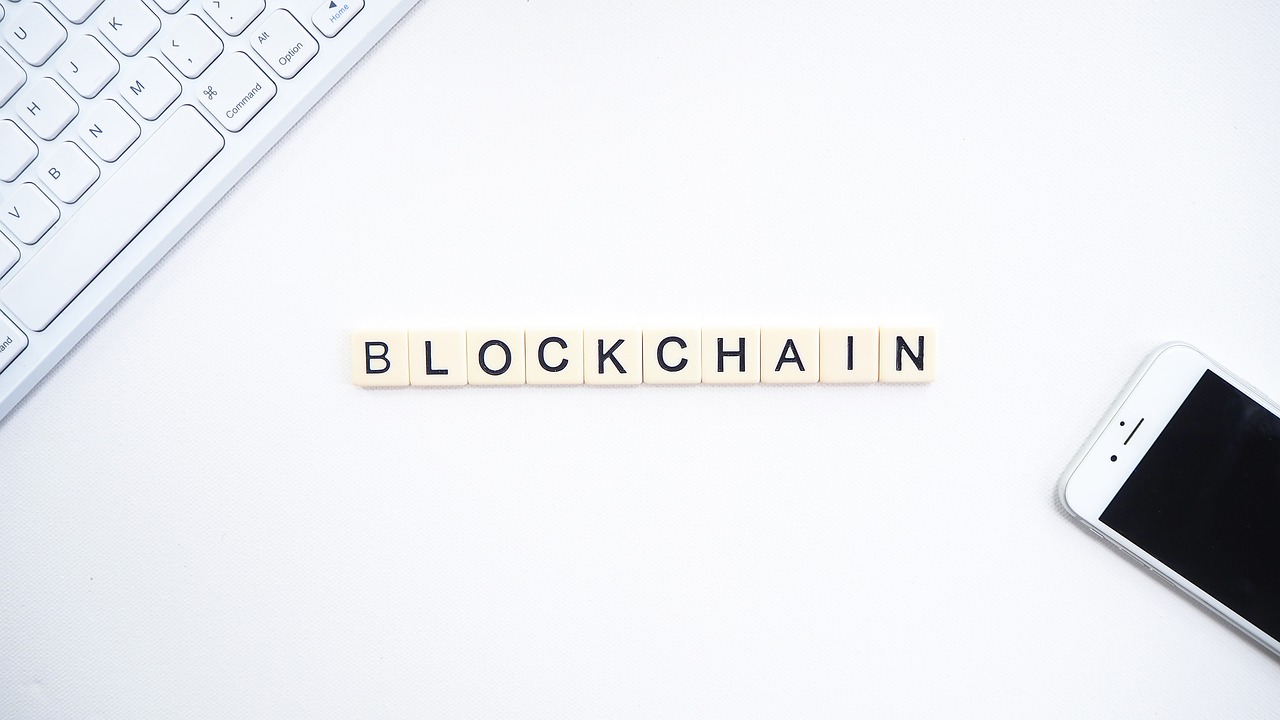
Gaming and NFTs
The gaming industry is undergoing a seismic shift, and Harmony is right at the forefront of this revolution. With the advent of blockchain technology, gamers are not just players anymore; they are becoming stakeholders in their virtual worlds. Imagine a realm where you can truly own your in-game assets, trade them freely, and even earn real money while playing. This is the exciting reality that Harmony is helping to create.
Harmony's architecture is particularly well-suited for gaming applications, thanks to its high throughput and low latency. These features ensure that gamers experience seamless gameplay without the frustrating delays often associated with traditional gaming platforms. For instance, in multiplayer games where speed is crucial, Harmony's ability to process thousands of transactions per second means that players can interact in real-time, creating a more immersive experience.
Furthermore, the rise of Non-Fungible Tokens (NFTs) has transformed how digital assets are perceived in the gaming world. NFTs allow players to own unique in-game items, characters, and even entire virtual worlds. On Harmony, developers can easily create and trade these NFTs, providing a marketplace that empowers players to buy, sell, or trade their assets without intermediaries. This not only enhances the gaming experience but also opens up new revenue streams for developers and players alike.
To illustrate the impact of Harmony in the gaming space, let's take a look at some notable use cases:
| Game Title | Description | NFT Integration |
|---|---|---|
| CryptoKitties | A blockchain-based game where players breed and trade virtual cats. | Players own unique cats as NFTs. |
| Decentraland | A virtual reality platform where users can buy, develop, and sell parcels of land. | Land parcels are represented as NFTs. |
| Axie Infinity | A game where players collect, breed, and battle fantasy creatures called Axies. | Each Axie is a unique NFT. |
As these examples show, Harmony's capabilities allow for a vibrant ecosystem where creativity and innovation can flourish. Developers can leverage Harmony's cross-chain compatibility to integrate assets from different blockchain networks, further enhancing the gaming experience. This means that a player's achievements in one game could potentially be recognized and valued in another, creating a rich tapestry of interconnected gaming experiences.
In summary, Harmony is not just another blockchain; it's a game-changer for the gaming industry and NFTs. By providing a robust, scalable, and efficient platform, Harmony is empowering developers to create groundbreaking games that redefine ownership and engagement in the digital realm. As we look to the future, one thing is clear: the synergy between gaming and blockchain technology is only just beginning, and Harmony is poised to lead the charge.
- What is Harmony?
Harmony is a blockchain platform designed for scalability and efficiency, focusing on speed, security, and low transaction fees. - How does Harmony support gaming?
Harmony's high throughput and low latency enable seamless gameplay, while its NFT capabilities allow for true ownership of in-game assets. - What are NFTs?
Non-Fungible Tokens (NFTs) are unique digital assets that represent ownership of a specific item, often used in gaming to signify ownership of in-game items. - Can developers create NFTs on Harmony?
Yes, developers can easily create, trade, and manage NFTs on the Harmony platform.

The Future of Harmony
As we look ahead, the future of Harmony appears incredibly promising. With the rapid evolution of blockchain technology, Harmony is strategically positioned to become a key player in the decentralized landscape. The platform's focus on scalability, speed, and security not only addresses the current challenges faced by blockchain solutions but also paves the way for innovative applications that could redefine various industries.
One of the most exciting prospects for Harmony is its potential for partnerships. As more businesses recognize the advantages of blockchain, Harmony's unique features may attract collaborations with major players across different sectors. Imagine a world where financial institutions leverage Harmony's low transaction fees and sharding technology to enhance their services. This could lead to a new era of decentralized finance (DeFi), making financial services more accessible to everyone.
Moreover, the gaming industry is on the brink of a revolution, and Harmony is at the forefront of this transformation. With the rise of non-fungible tokens (NFTs) and play-to-earn models, Harmony's infrastructure could support a multitude of gaming applications. Developers are increasingly seeking platforms that can handle high transaction volumes without compromising on speed or cost. Harmony's sharding technology could be the answer to their needs, allowing for seamless gaming experiences that are both engaging and rewarding.
Additionally, Harmony's commitment to cross-chain compatibility opens up a world of possibilities. As various blockchain ecosystems continue to grow, the ability to interact with multiple chains will be crucial. Harmony's architecture is designed to facilitate this interaction, potentially leading to a more interconnected blockchain environment. This could enhance liquidity, broaden user bases, and create a more vibrant ecosystem for decentralized applications.
To illustrate Harmony's potential impact, consider the following table that summarizes key areas of growth:
| Sector | Potential Impact |
|---|---|
| Finance | Increased accessibility to financial services through DeFi applications. |
| Gaming | Enhanced user engagement with seamless transactions and NFT integration. |
| Supply Chain | Improved transparency and efficiency in tracking goods and services. |
As Harmony continues to innovate and adapt to the changing technological landscape, we can expect to see exciting new developments. The community behind Harmony is passionate and dedicated, constantly seeking ways to improve the platform and expand its reach. With ongoing advancements in technology and an increasing number of use cases, the future of Harmony looks bright.
- What is Harmony's primary goal? Harmony aims to provide a scalable and efficient blockchain solution that addresses the issues of speed and cost associated with traditional blockchains.
- How does Harmony achieve scalability? Harmony utilizes sharding technology, which allows it to process multiple transactions simultaneously, greatly enhancing throughput.
- What industries can benefit from Harmony? Harmony is versatile and can be applied in various sectors, including finance, gaming, and supply chain management.
- Are there any challenges that Harmony faces? While Harmony has many advantages, it also faces challenges related to the complexity of sharding and potential security risks.
Frequently Asked Questions
- What is Harmony?
Harmony is a blockchain platform designed to offer high speed, security, and scalability. It aims to enhance the efficiency of decentralized applications and finance, making it a robust choice for developers and users alike.
- How does Harmony achieve scalability?
Harmony employs a unique technology called sharding, which allows the network to process multiple transactions simultaneously. This innovative approach significantly increases throughput and reduces latency, ensuring a smooth user experience.
- What are the key features of Harmony?
Some standout features of Harmony include sharding, low transaction fees, and cross-chain compatibility. These elements work together to create an efficient and accessible platform for various applications.
- Why are transaction fees low on Harmony?
Harmony's architecture and consensus mechanism are designed to minimize costs, which allows for lower transaction fees. This makes it easier for developers to create applications and for users to engage with the platform without worrying about high costs.
- What industries can benefit from Harmony?
Harmony is versatile and can cater to various industries, including finance, gaming, and supply chain management. It supports a wide range of applications, from decentralized finance (DeFi) to gaming and non-fungible tokens (NFTs).
- How does Harmony support decentralized finance (DeFi)?
Harmony provides a solid foundation for DeFi applications by enabling lending, borrowing, and trading in a decentralized manner. Its scalability and low fees make it an attractive option for DeFi developers and users.
- What challenges does Harmony face with sharding?
While sharding offers many advantages, it also comes with challenges such as increased complexity and potential security risks. Harmony is actively working on solutions to mitigate these challenges and ensure a secure platform.
- What is the future of Harmony?
As blockchain technology evolves, Harmony is well-positioned to play a significant role in the ecosystem. Future developments may include new partnerships, enhanced features, and continued growth in various sectors.

